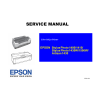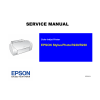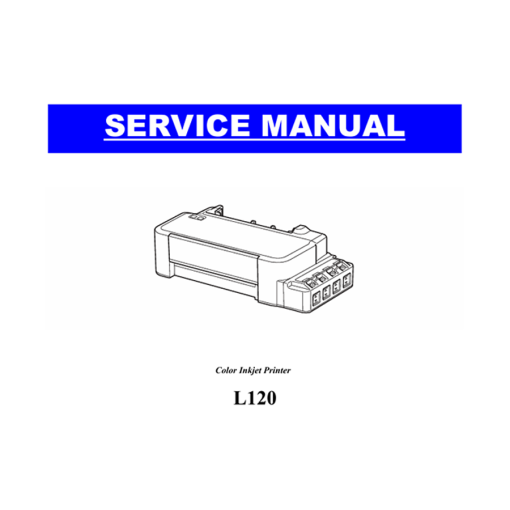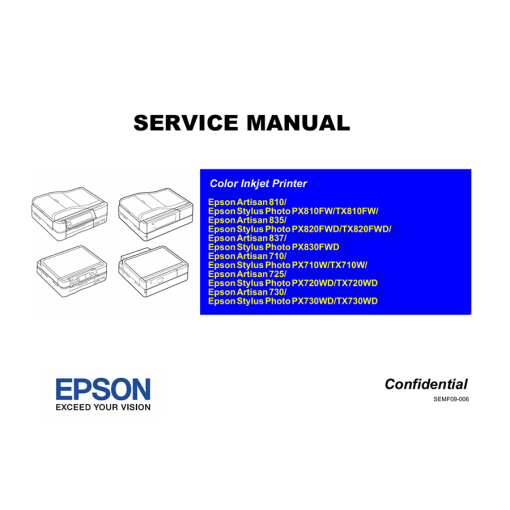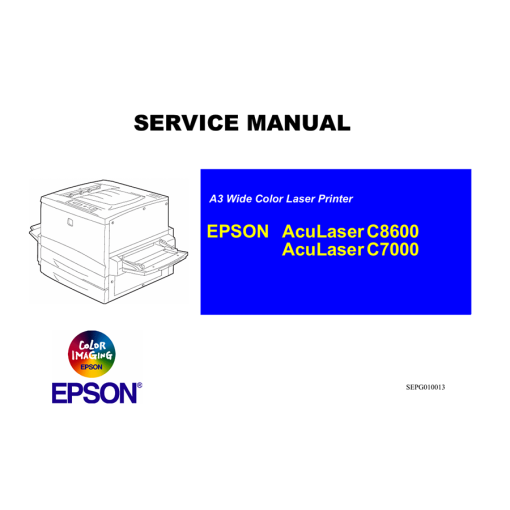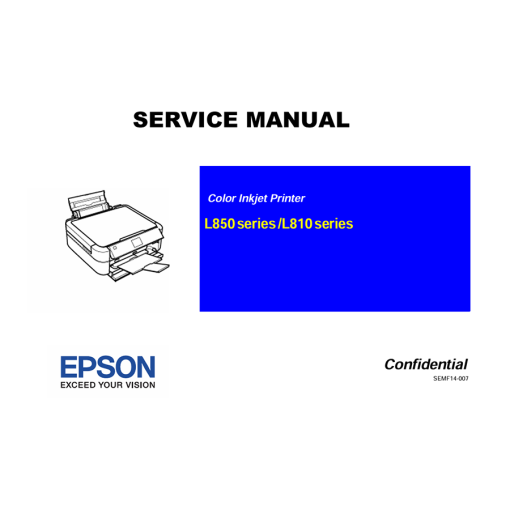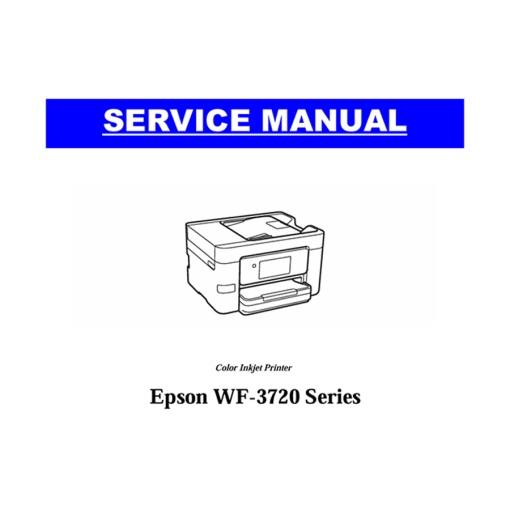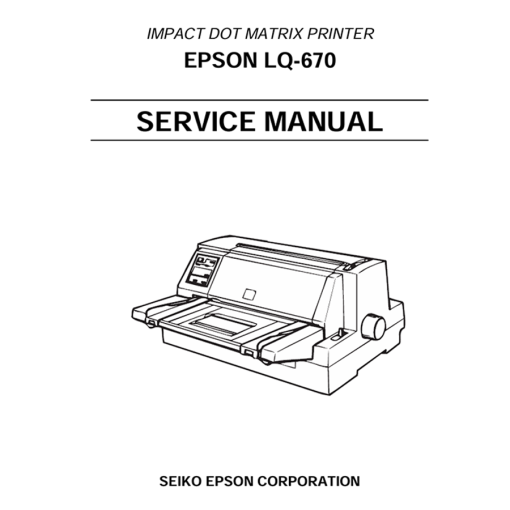Subtotal: 0 $
Advanced Repairs with the Epson L800 Service Manual
0 $
You’re looking for the Epson L800 Service Manual. This is a highly sought-after document for owners and technicians dealing with this popular photo printer, especially known for its integrated ink tank system.
The Epson L800 is a highly regarded photo inkjet printer, particularly known for its integrated continuous ink supply system (CISS) that allows for high-volume, low-cost photo printing. While this design is efficient, like any sophisticated piece of technology, the L800 can encounter issues that require more than basic user-level troubleshooting. For anyone looking to perform detailed maintenance, diagnose complex errors, or replace internal components, the Epson L800 Service Manual is an absolute necessity.
Why This “Epson Service Manual” is Your Essential Repair Guide
Unlike the simple user guide that comes with your printer, an Epson Service Manual is a highly technical document created for trained service technicians. It provides an in-depth look at the printer’s entire architecture, from its mechanical parts to its intricate electronic circuits and software functions. Having this manual will empower you with the knowledge to:
- Accurately Diagnose Errors: The manual contains an exhaustive list of error codes that your L800 printer might display (often via flashing lights on the control panel or messages from the Epson Status Monitor on your PC). Each code is accompanied by a detailed explanation of its root cause and step-by-step troubleshooting procedures. This eliminates guesswork, allowing you to quickly pinpoint the precise problem.
- Execute Detailed Disassembly and Reassembly: Whether you’re replacing the printhead, servicing the ink pump/cleaning unit, clearing a stubborn paper jam, or working with any other internal component, the manual provides meticulously detailed, illustrated instructions. You’ll find guidance for safely and correctly:
- Removing and reattaching various housing assemblies (e.g., lower, upper, front, rear).
- Accessing and servicing the ink system assembly (including the pump, tubing, and waste ink pads).
- Working with the paper feed unit (pickup assembly) and rollers.
- Removing and replacing critical electronic components like the main board and motors (e.g., CR Motor, PF Motor).
- Handling sensitive parts such as sensors (e.g., PE Sensor, PG Sensor, CDR Sensor for CD/DVD printing).
- Understand System Schematics and Exploded Views: This manual is rich with technical diagrams, including electrical schematics that illustrate the printer’s internal wiring and circuitry, and mechanical diagrams that show how physical parts fit together. Exploded views are particularly useful, providing a visual breakdown of components and their correct assembly order.
- Perform Professional Adjustments and Calibrations: After replacing parts or if you notice any print quality degradation (like banding, color shifts, or misalignments), the manual outlines precise adjustment and calibration procedures. Following these manufacturer-recommended steps ensures your printer operates at its optimal performance and consistently produces high-quality prints. This includes procedures for things like printhead alignment.
- Implement Preventive Maintenance: To extend the lifespan and maintain the reliability of your L800 printer, the manual often includes recommended cleaning schedules and procedures for various internal components, including lubrication points and waste ink pad replacement guidelines. Adhering to these guidelines can significantly prevent future issues and save on costly repairs.
- Access Comprehensive Parts Lists: If a component needs replacing, the service manual typically includes a detailed parts list with official part numbers. This is essential for ensuring you can order the exact, compatible replacement part.
Who Benefits Most from This “Epson Service Manual”?
- DIY Enthusiasts and Advanced Home Users: If you’re technically inclined and prefer to manage your own device repairs to save on service costs, this manual provides the in-depth knowledge needed for advanced maintenance and troubleshooting.
- Independent Printer Repair Technicians: For professionals servicing Epson printers, this manual is a foundational reference, enabling accurate, efficient, and reliable repairs.
- Owners of L800 in Professional Settings: For studios or small businesses that heavily rely on the L800 for photo production, having immediate access to the manual can significantly reduce downtime by facilitating quicker in-house diagnostics and minor repairs.
Related products
Epson Service Manual
Epson Service Manual: The Essential Repair Guide for Your Epson EcoTank L120 Inkjet Printer
Epson Service Manual
Epson Service Manual: The Definitive Guide for AcuLaser C7000 Repair (ALC8600/C7000 Series)
Epson Service Manual
Epson Service Manual: The Definitive English Repair Guide for Your Epson EPL-9000 Laser Printer
Epson Service Manual
Epson Service Manual: The Definitive Guide for Your Epson LQ-670K (and LQ-670) Dot Matrix Printer

 Epson L130 L132 L220 L222 L310 L312 L362 L365 L366 Adjustment Program
Epson L130 L132 L220 L222 L310 L312 L362 L365 L366 Adjustment Program 
